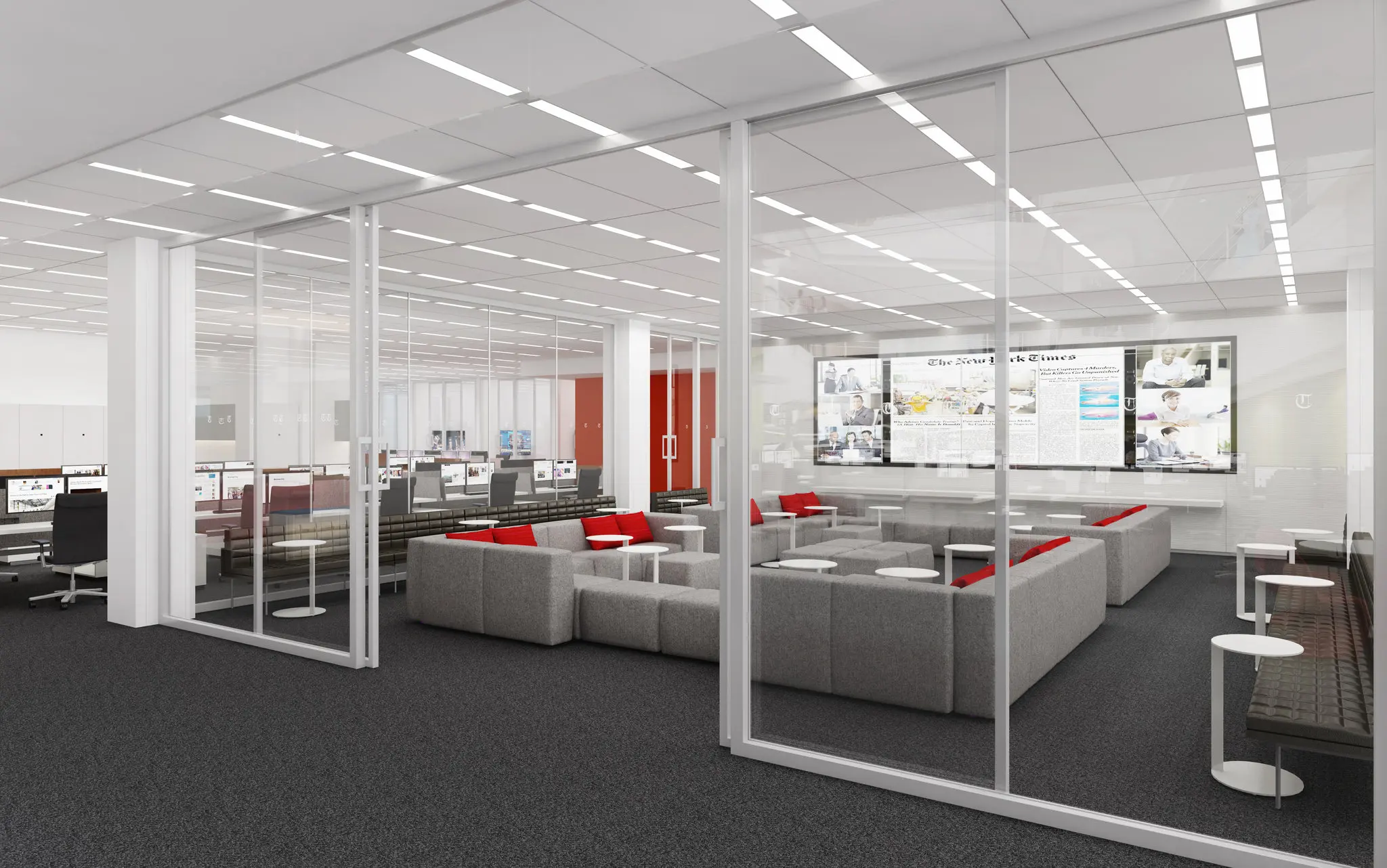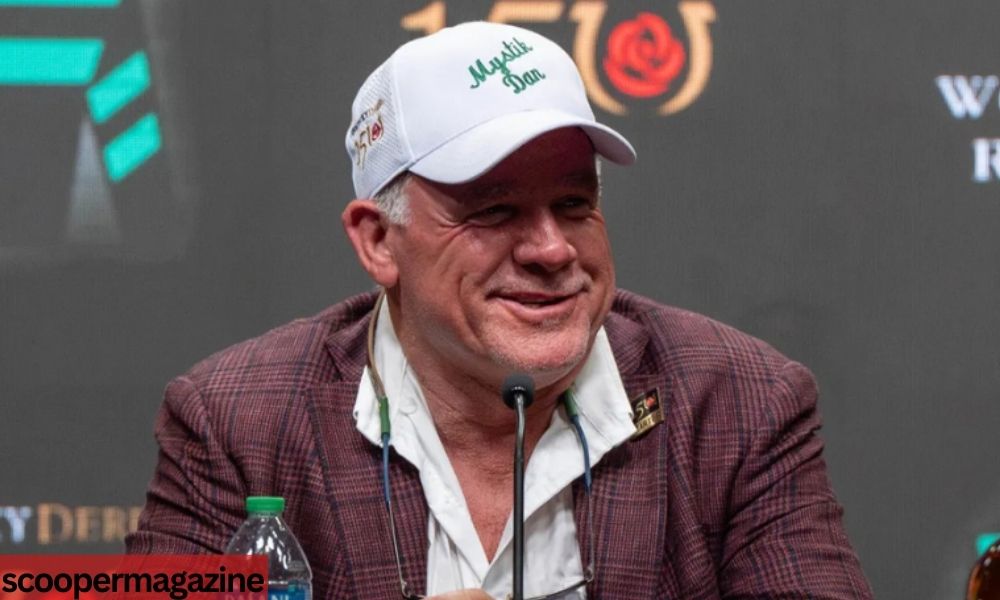Elon Musk is best known for his revolutionary contributions to technology and space exploration. Yet, his approach to living spaces is equally groundbreaking. In a dramatic shift from the lavish mansions he once owned in California, Musk now calls home a modest, prefabricated tiny house near SpaceX’s headquarters in Boca Chica, Texas. This article delves into the design, materials, and sustainable principles that underpin the architecture of Musk’s current residence, offering insight into how its innovative construction mirrors his broader vision for the future.
A Paradigm Shift in Lifestyle
For many years, Elon Musk’s real estate portfolio featured expansive estates in upscale Los Angeles neighborhoods—homes with sprawling floor plans, multiple amenities, and smart technologies designed for luxury living. However, in 2020, Musk stunned the public when he announced that he would sell almost all his physical possessions. His decision was not born of necessity, but rather a deliberate choice to embrace freedom and minimalism. Today, rather than residing in multi-million-dollar mansions, Musk lives in a compact, prefabricated tiny house that costs approximately $50,000. This dramatic downsizing highlights a fundamental change in his lifestyle—a move toward simplicity, sustainability, and efficiency.
The Boxabl Casita: Engineering Minimalism
At the heart of Musk’s current abode is the Boxabl Casita, a foldable, modular home developed by Boxabl—a startup founded in 2017 by Paolo Tiramani, Galiano Tiramani, and Kyle Denman. The Casita is designed to be built quickly, efficiently, and cost-effectively while offering a high level of functionality and comfort.
Space Optimization and Layout
Despite its modest size of roughly 375 square feet, the Boxabl Casita is engineered to maximize every inch of space. When fully assembled, the home unfolds into a layout that includes a combined living and sleeping area, a fully equipped kitchen, and a compact bathroom. The interior uses multifunctional furniture—a Murphy bed that folds into the wall during the day and convertible seating arrangements that double as storage spaces—to ensure that no square foot goes to waste. Large floor-to-ceiling windows flood the interior with natural light, visually expanding the space and creating an airy, open atmosphere. This strategic use of light and flexible design is essential in overcoming the spatial limitations inherent in tiny homes.
Innovative Materials and Sustainability
One of the defining features of Musk’s tiny home is its emphasis on sustainability. The Boxabl Casita is constructed using advanced materials such as Magnesium Oxide (MGO) panels, which offer superior resistance to fire, water, and pests compared to conventional drywall. High-performance insulation, combined with a tightly sealed building envelope, minimizes energy loss. These choices not only enhance durability but also contribute to a lower environmental impact—a value that is central to Musk’s ethos.
The use of eco-friendly materials extends to the integration of renewable energy solutions. The tiny house is designed to be compatible with solar panels and other green technologies, ensuring that it consumes minimal energy while providing the comforts of a modern home. Smart home systems further optimize energy usage by controlling lighting, temperature, and security through automated processes. By incorporating these sustainable elements, Musk’s residence serves as a microcosm of his broader mission to combat climate change and promote renewable energy.
Rapid Assembly and Mobility
Another remarkable aspect of the Boxabl Casita is its modular and foldable design. Manufactured in a controlled environment, the home is shipped to Boca Chica in a compact, folded state and can be assembled on-site in under an hour. This rapid deployment is not only a testament to modern engineering but also an attractive feature in a world where efficient, scalable housing is increasingly in demand. The mobility of the Casita means that it can be relocated as needed, offering a level of flexibility that traditional construction simply cannot match.
A Reflection of Musk’s Vision
Elon Musk’s decision to adopt such a minimalistic and sustainable living solution is more than a personal lifestyle choice—it is a reflection of his futuristic vision. By choosing a tiny, energy-efficient home over expansive luxury estates, Musk challenges conventional notions of success and comfort. His current residence encapsulates a philosophy that prioritizes functionality, innovation, and environmental stewardship over mere extravagance.
Minimalism in Design
The minimalist aesthetic of the Boxabl Casita is evident in every detail. Clean lines, an open floor plan, and a restrained color palette contribute to an uncluttered, harmonious space. Every design element is carefully considered to serve multiple purposes, reinforcing the idea that less can indeed be more. This focus on minimalism encourages a lifestyle that emphasizes quality of life, mental clarity, and reduced material consumption—values that resonate deeply in today’s fast-paced, resource-constrained world.
Integration of Smart Technologies
In keeping with his reputation as a tech visionary, Musk’s tiny home is equipped with cutting-edge smart home technologies. These systems—ranging from automated lighting and climate control to integrated security features—ensure that the home is not only efficient but also user-friendly. The seamless integration of technology into the fabric of the building enhances the overall living experience, making daily life more convenient while further reducing energy consumption. This technological synergy is a microcosm of Musk’s broader strategy, where innovation drives both productivity and sustainability.
Looking Toward the Future of Housing
Musk’s embrace of a tiny, prefabricated home is emblematic of a broader trend in architecture and urban planning—one that values efficiency, sustainability, and adaptability. In an era where urban populations are growing and environmental concerns are increasingly urgent, the demand for compact, efficient housing solutions is likely to rise. The Boxabl Casita serves as a powerful example of how innovative design can meet these needs without sacrificing comfort or functionality.
Moreover, the principles embodied in Musk’s current residence could inform the development of future housing projects. Modular construction techniques, rapid assembly, and the integration of smart technologies are all trends that have the potential to revolutionize how we build and inhabit our homes. For those in the architecture and construction industries, Musk’s tiny home offers both inspiration and a blueprint for the future—a future where housing is not defined by square footage but by quality, sustainability, and thoughtful design.
Conclusion
Elon Musk’s journey from owning vast, opulent estates to living in a modest, prefabricated tiny house reflects a profound shift in values. His current residence in Boca Chica is a testament to the power of minimalism and sustainable design. Through the innovative use of advanced materials, space-maximizing layouts, and smart home technologies, the Boxabl Casita challenges traditional architectural paradigms and offers a glimpse into the future of housing.
By prioritizing functionality, energy efficiency, and environmental responsibility, Musk’s tiny home not only meets the practical needs of modern living but also aligns with his broader vision for a sustainable future. It represents a radical rethinking of what it means to “live well,” where the focus is on quality and innovation rather than sheer size or opulence.
As cities grow and the pressure to build sustainably increases, the architectural principles demonstrated by Musk’s home may well become the standard for tomorrow’s housing solutions. In exploring the architecture of Elon Musk’s house, we uncover a blueprint for a future where living spaces are defined not by extravagance but by efficiency, adaptability, and a deep respect for the environment.




